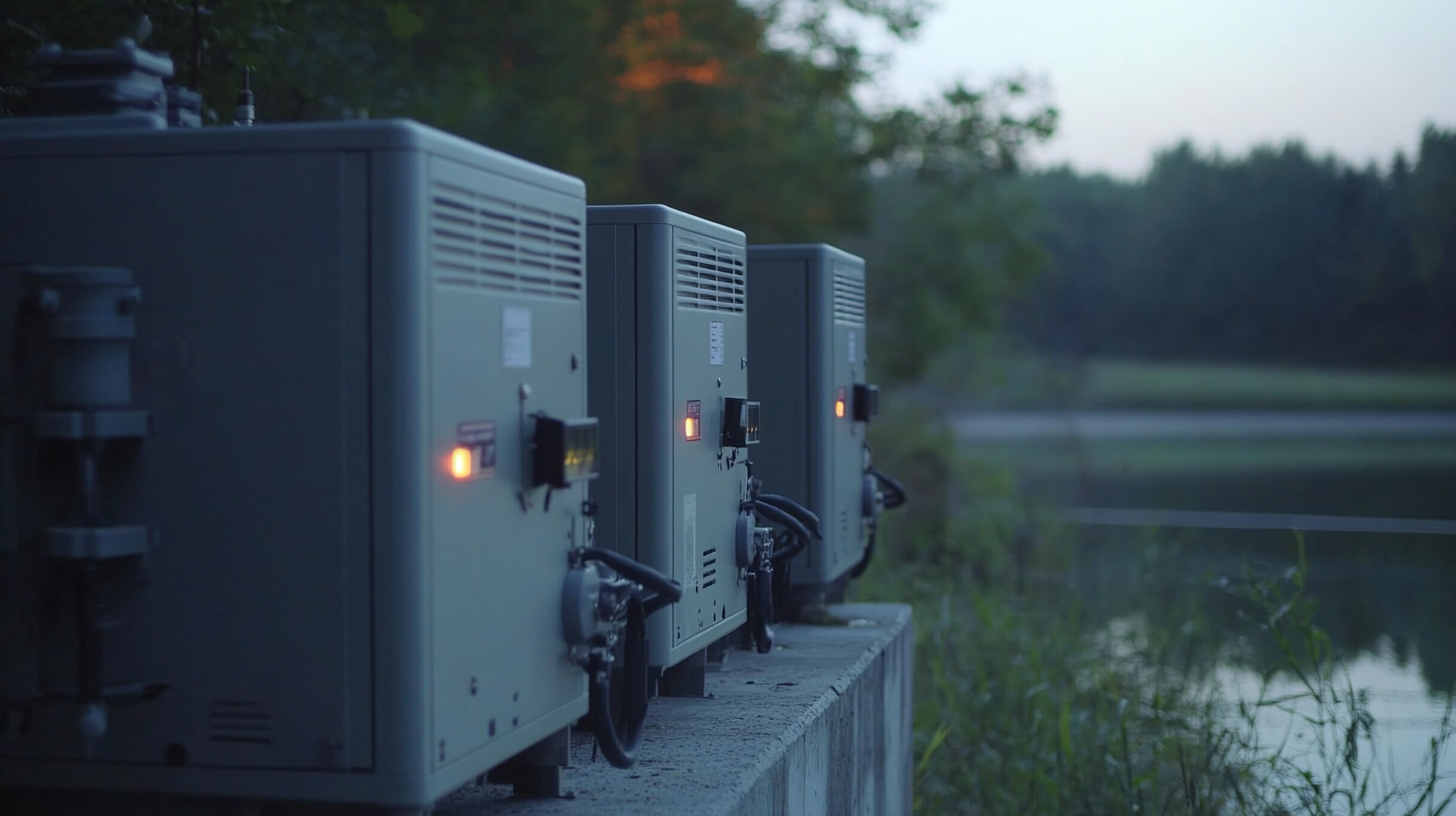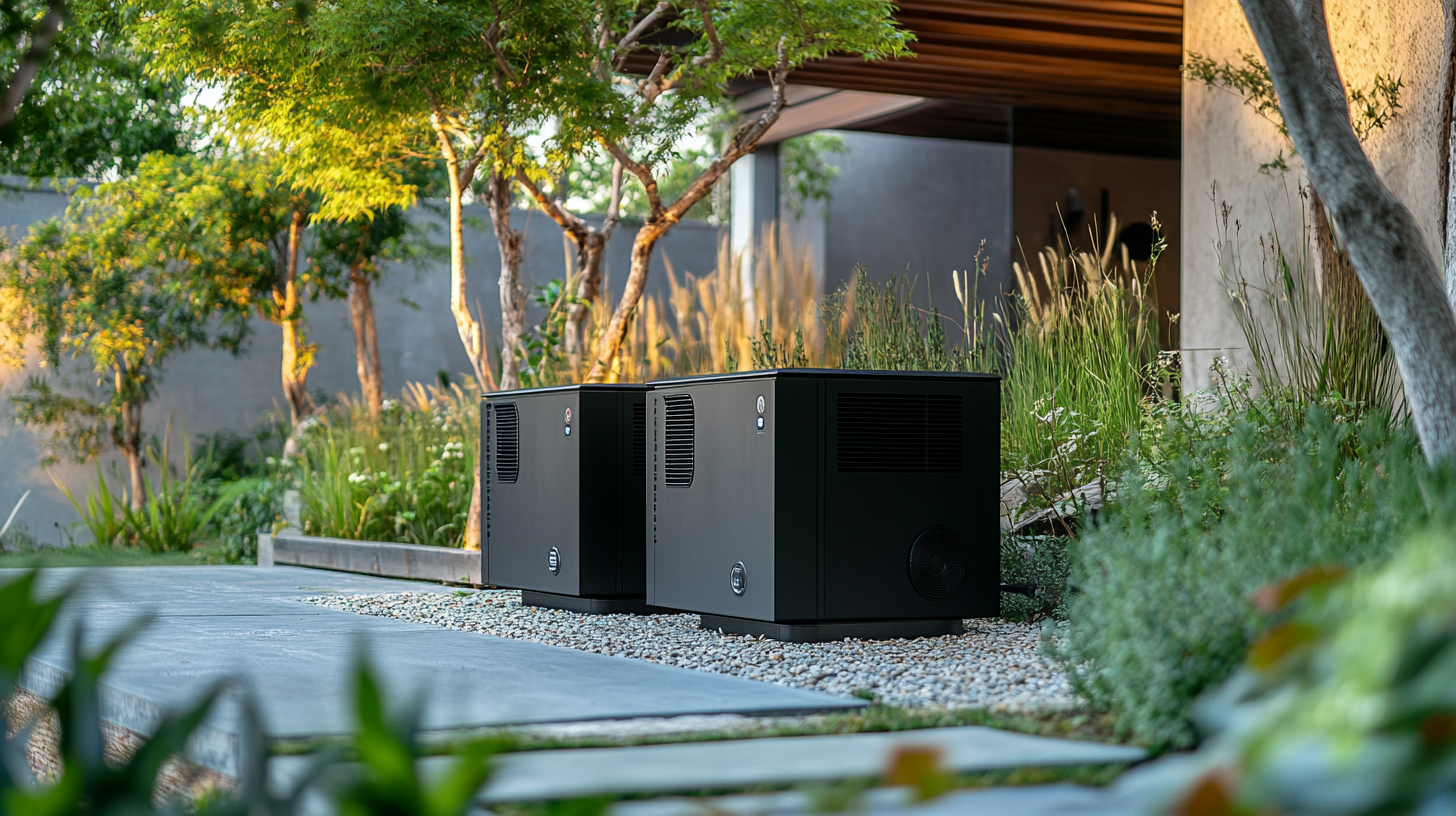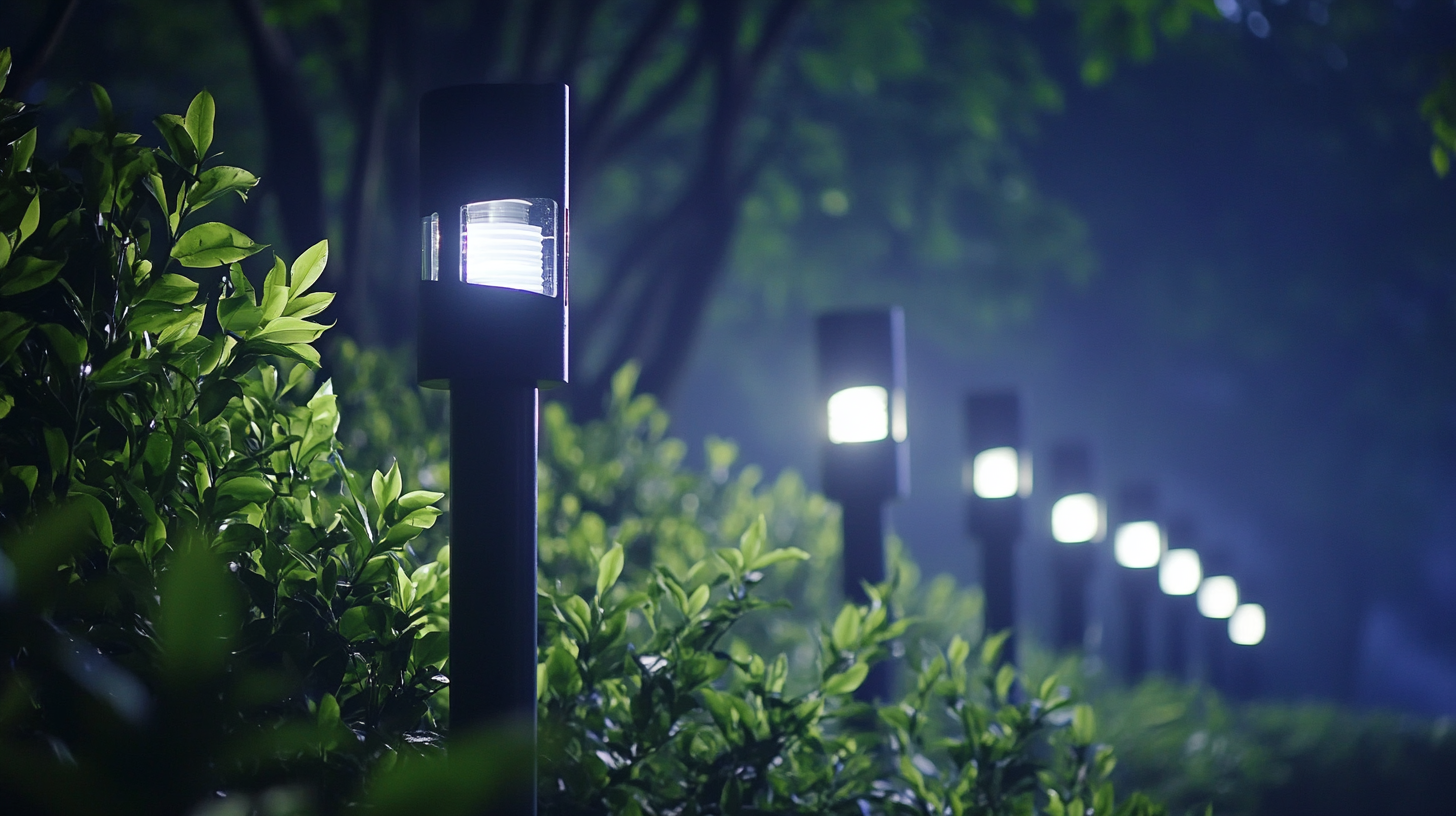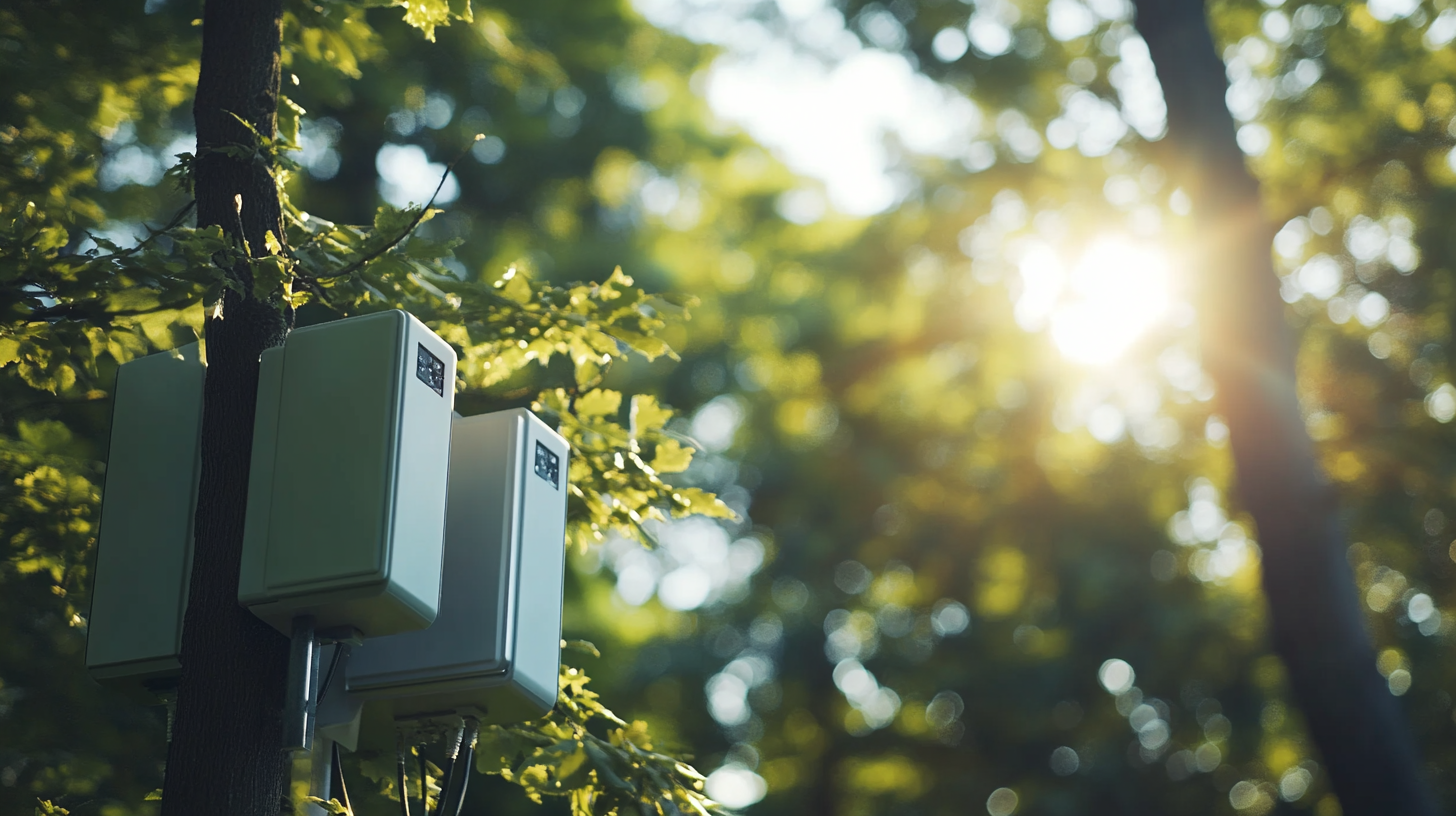Innovative Solutions for Efficient Landscape Lighting Transformers for Global Buyers
Recent years have seen dramatic changes within the arena of landscape lighting. This is owing to the mounting demand for aesthetics and the functional aspects required in the outdoor living environment. According to Grand View Research, the global outdoor lighting market is projected to reach an ever-increasing value estimated at $26.68 billion in the year 2025, while landscape lighting is enshrined to be one of the important segments of this market. Central to this fixture system is the Landscape Lighting Transformer as it affects how lighting systems continue to perform safely and soundly. Metropolitan areas are continually emerging, while corporations churn themselves into subdivisions.
All this makes changing transformers imperative with strengthening new solutions toward meeting global buyers' demands of reliability and performance. Therewith, advances in technologies drive the present and future of landscape lighting, as customers seek transformers able to blend with the smart applications as well as sustainable practices. Therefore, the demand for high-quality Landscape Lighting Transformers continues to grow given that they greatly affect the overall effectiveness and longevity of light installations.
As we dig deeper into emerging solutions available in the market at present, the requirement is to address the changing needs of this industry and the advantage the transformers provide to customers concerning overall performance and satisfaction.

Key Trends in Landscape Lighting Transformer Technology for Global Markets
The landscape lighting transformer market, along with other segment markets, has witnessed remarkable changes in recent years driven by the increasing demand for energy-efficient and sustainable solutions. Reports of Global Industry Analysts say that globally, the landscape lighting transformers market is projected to grow at 6.5 percent CAGR between 2021 and 2027 with significant urbanization progress driving this demand and the quest for both outdoor lighting solutions in residential and commercial spaces that are visually pleasing. Key trends in the advancing technology of landscape lighting transformers include an increasing impetus toward smarter and more efficient devices. The most sought-after feature in smart transformers with wireless controls is the ability to dim the brightness and program the lights from a mobile phone. The Research and Markets analysis indicates that about 30 percent reduction of energy consumption would be gained in inviting IoT in outdoor light systems apart from improvement in usability. Such a case is highly attractive to worldwide buyers who tend to prioritize their investment in energy-efficient solutions in compliance with all regulatory standards and sustainability targets. One further aspect is that the emerging renewable energy flow is redefining the face of landscape lighting transformers. Solar transformers are becoming popular in different regions for their fact that they can operate independently of the grid, thus saving on the costs of installation and boosting energy reliability significantly. According to the International Energy Agency, the renewable energy sector is poised to maintain impressive growth in the next few years, which only affirms the demand for state-of-the-art landscape lighting solutions in accordance with green practices.

Understanding Energy Efficiency Standards for Landscape Lighting Transformers
In landscape lighting, energy efficiency is the predominant benchmark guiding technology innovation in the area of transformers. As buyers become more eco-aware with respect to the environment, the need for lighting solutions that reconcile aesthetics with energy saving the higher the demand. For both the manufacturer and consumer, understanding these energy efficiency standards is an absolutely important aspect; not just this, but adhering to such standards, an important measure to growing ecological values, will ensure that landscape lighting transformers operate at their best.
Energy efficiency can best be defined for landscape lighting transformers dealing with the efficient conversion of electrical energy into usable power. Such definitions, as energy-bills grow heavier, are critical in a tightening regulatory environment that tries to control global warming. Adherence to standards, put in place by the IEC and local energy authorities, will allow manufacturers to design transformers compliant with the standards, if not exceeding the expectations whilst ensuring consumer satisfaction. Simultaneously, significant energy savings could be a further consideration in the manufacturers' favour.
A much higher level of energy efficiency can be achieved in landscape lighting systems by integrating smart sensors and programmable functions. Such integrations not only assist in dolling out energy but can become useful in providing flexibility in how outdoor spaces are illuminated. The global shopper expects sustainable products. On the other hand, adhering to these standards will become a new point of separation for manufacturers in an unsettled lighting market.

The Role of Smart Technology in Modern Landscape Lighting Solutions
The introduction of smart technology in landscape lighting has changed the perception of lighting outdoor areas. Today, landscape lighting transformers equipped with smart sensors and automated systems adjust in real-time to different surroundings. This means that they can adjust light brightness according to ambient light levels and weather conditions, and sometimes even people present. These innovations not only beautify gardens and pathways but also greatly enhance energy efficiency.
Besides that, smart technology in landscape lighting manages to be controlled and programmed remotely via smartphones or home automation systems. This gives homeowners the power to schedule lighting to automatically turn on or off at given times, creating a welcoming atmosphere without ever having to lift a finger. Such a degree of customization is not only convenient; it also allows its users to maximize energy efficiency by turning off lights when they are not needed, thus saving on electricity bills.
Thereby, smart technology is not only flourishing for functions; it is also a safety and security enhancement for outside areas. Motion lights can be an uncomfortable sight for a potential intruder plus light the way for the residents coming home late at night. With buyers worldwide looking for modern solutions to landscape lighting, the application of smart technology appears to be a key player that links convenience with sustainability within the realm of outdoor design.

Cost Analysis: Investment vs. Long-Term Savings for Global Buyers
The very first of several revelations from research on the cost analysis of landscape lighting transformers is a prerequisite for global customers: the trade-off between their upfront cost and future savings. Understanding the total cost of ownership (TCO) is vital in selecting the transformer that has the best efficiency. The evaluation done by companies should transcend purchase price to include operational and maintenance costs in relation to that particular choice.
More recent reports trend toward companies investing more in security because data breach costs have recently skyrocketed. This indicates the need to adopt more cost-effective technologies; it is in an initial investment in order to save a lot in the future. However, buying energy-efficient landscape lighting transformers could save a lot of electricity consumption which will in turn reduce operational costs and make one contribute to sustainability.
Furthermore, there are indirect financial returns as a consequence. Smart technology will add some innovative experience to the returns while electrifying and may involve flexibility in the long run. The global market would also consider enabling investments to entail upfront costs and shall also bring about transformative uses of advanced lighting, yielding continuous savings while supporting environmental goals.
Sustainable Practices in Landscape Lighting Transformer Manufacturing and Design
In landscape lighting, transformer efficiency and sustainability support aesthetics and environmental improvement. As buyers worldwide begin preferring solutions with lower ecological impact, the manufacturers are finding alternatives with innovations for sustainable methods in transformer design and applications. Eco-friendliness in materials, energy-efficient components, and sustainable manufacturing are re-shaping the landscape lighting industry.
The incorporation of recyclable materials in transformer construction constitutes another prominent trend. By selecting materials of high quality that are sustainable and either reusable or recyclable, manufacturers minimize waste and further reduce the carbon footprint in the production phase. Additionally, modern transformer design techniques are capable of ensuring that these devices are running with peak efficiency, describing modes of energy saving to the highest output possible. This dual focus is thus demanded by discriminating customers and fits right into the global sustainability goals.
A further modernization thrust shows that these smart tech integration changes transformers to be highly efficient. Modern transformers are equipped with adjustable voltage and automated lighting controls, able to change with variations in the environment to ensure that energy is being used wisely and only when called upon. The trend toward smart, sustainable alternatives in landscape lighting transformers is quickly becoming an industry prerequisite, not just a trend, as consumers increasingly adopt an environmentally-conscious agenda.

